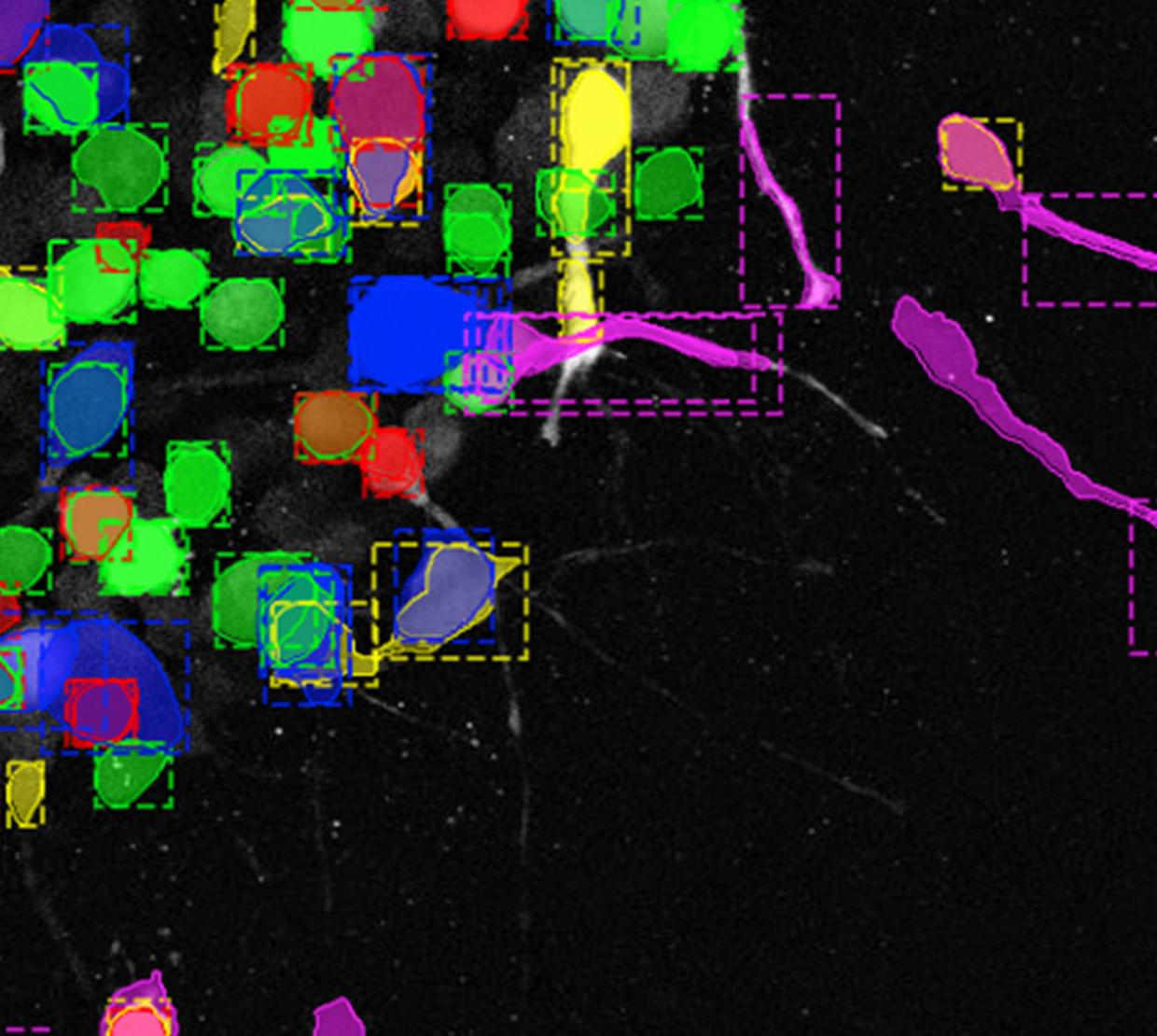Research from the Department of Physics has shed new light on the way malignant cells change their shape and migration techniques to invade different types of tissue.
The findings, published in Scientific Reports, are a key step toward understanding and preventing cancer metastasis, the internal spreading of the disease that’s responsible for 95% of all cancer deaths.
“Through billions of years of evolution, cells have learned a number of distinct ways to migrate,” said Associate Professor of Physics Bo Sun, who led the study. “In normal development and health-maintaining physiological processes such as wound healing, specific migration programs are executed when required. In the case of a tumor, however, those migration programs are leveraged by cancer cells to sustain their invasion into tissue.”
Sun and collaborators in the College used a type of artificial intelligence known as computer vision to track a cell’s migration program based on its shape; computer vision derives information from digital photos, video and other visual inputs.
Sun likens the cell shape analysis to determining whether a swimmer is doing the backstroke, breaststroke or butterfly based on the position swimmers put their body in and the movements they execute.
Collaborating with Sun on this project were Oregon State colleagues Christopher Eddy, Helena Raposo, Aayushi Manchanda, Ryan Wong and Fuxin Li.
Read more about their research here.




